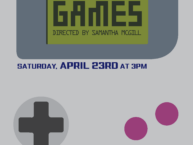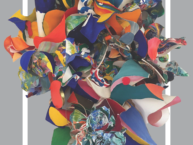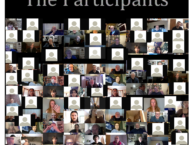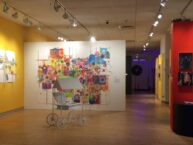Opening reception: Thursday, Feb. 14 at 4 p.m. | Higgins Lounge at Dana Commons
We carry hundreds, even thousands, of photographs in our pockets, capturing moments quickly and with more precision than ever before. Still, the now vanished technology of instant film, or “Polaroids,” captivates us. No wonder Instagram developed an app to replicate its imperfections, and the people at The Impossible Project went even further, spending the last four years re-engineering the technology after Polaroid ceased production. Unlike digital photography, an instant photograph is a unique piece of art: Not a negative or one of an infinite number of prints but a singular, tangible expression of a moment that literally emerges from the light in which it was taken. The shutter snaps, a blank square of film emerges, and we wait as our lived experience develops before our eyes. Those few minutes contain the possibility for surprise, the promise offered simply by the act of looking. And so, a technology originally designed to speed up the process of photography today slows us down and compels us to look more closely.
In January, portraitist and instant film enthusiast Gregory Geiger shot a series of student portraits for the exhibition, “A Snapshot of a Campus.” Conceived as an invitation to find that “good-humored delight in each other” as individuals and as a community, the exhibit asks us to look closely at ourselves. Will we be surprised by what develops?
Geiger is an artist, designer, programmer, and educator in Providence, Rhode Island. He has exhibited on both east and west coasts, as well as in nontraditional formats such as Art-o-mat and online participatory projects. Geiger works in a variety of media and methods deeply studied and combined, from experimental analog photography to digital filmmaking, from figurative life-sized sculpture to new media, from tagging to traditional Japanese calligraphy. In all media, he works to connect human beings to each other — to capture the real person behind the smile or the unwavering gaze. He often photographs subjects unposed, in natural lighting (as in his 2011 series, “Farewell Portraits”), or explores the democratization of technology and art (“These 30 Seconds” 2008).
The exhibition will run from February 14 through May 20
The New Commons / Dialogue symposium spring 2013 / What’s the Difference? Thoughts on Diversity and Inclusion. Higgins School of Humanities, Clark University





